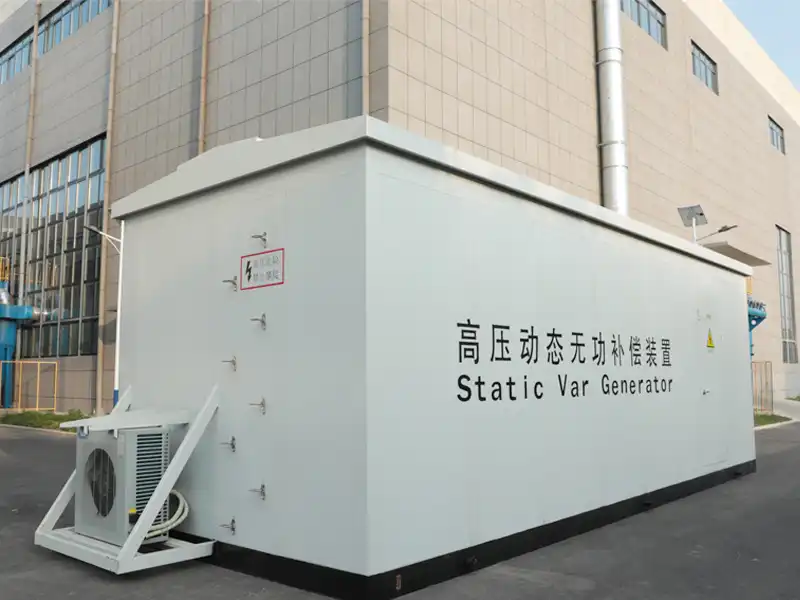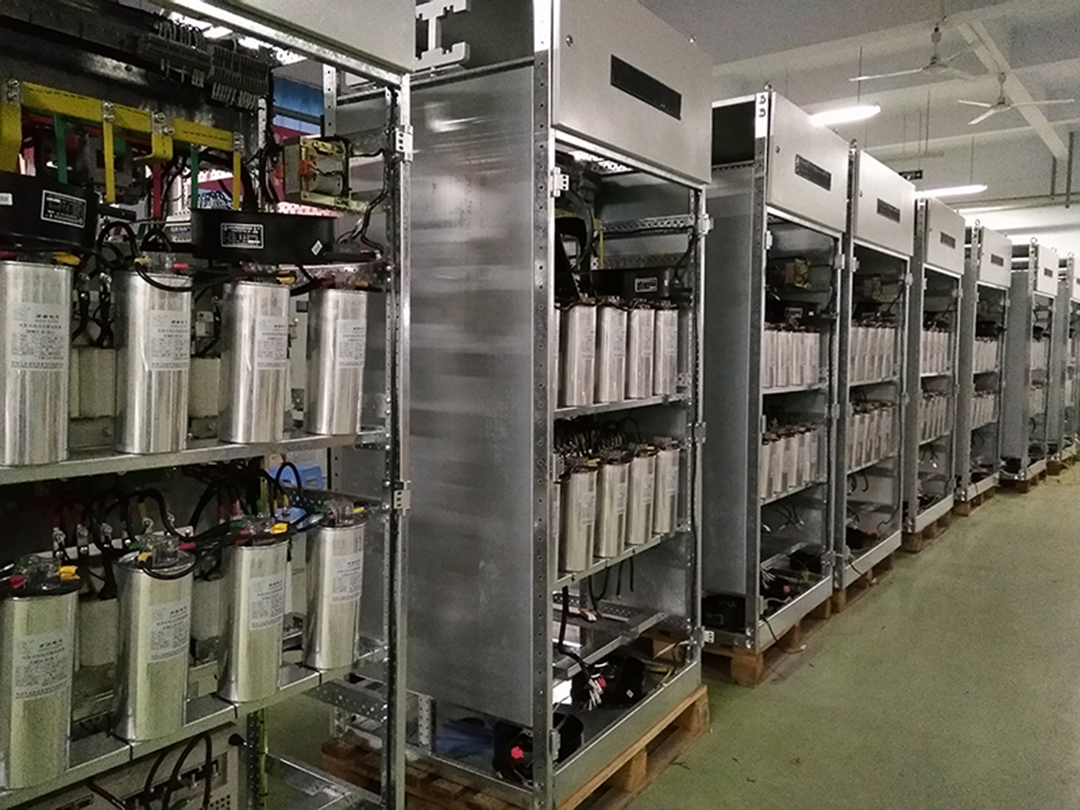Static var compensator vs statcom?
Essentially, a STACOM is a specific sort of static VAR compensator (SVC) that distinguishes itself from a typical SVC by utilising a voltage-sourced converter instead of a current-sourced converter.
SVC and STATCOM are common examples of parallel FACTS devices, which signify two distinct phases in the advancement of FACTS technology. SVC stands for Static Var Compensator, which is a system used for compensating reactive power. It consists of a fixed capacitor bank, a thyristor controlled capacitor bank (TSC), and a reactor bank (TCR). By modifying the TCR (Temperature Coefficient of Resistance) and TSC (Total System Capacity), the reactive power output of the entire device may be altered continually. This allows for the voltage to be maintained within a specific range both statically and dynamically, resulting in an enhanced system stability. However, the equipment’s performance is limited when the variation of grid voltage reaches a particular range due to its constant impedance characteristics.

The primary components of the STATCOM’s main circuit consist of a voltage source inverter and a parallel DC capacitor comprised of high-power power electronic devices. This reactive power compensation scheme deviates entirely from the conventional SVC principle. This technology liberates itself from the limitations of the old notion of reactive power. Reactive power compensation is achieved by generating reactive power through the use of inverters, rather than relying on traditional capacitors and reactors. The three-phase AC voltage Vo is synchronised with the system voltage vs by means of the transformer, while the reactive power output is regulated by managing v0. Capacitive reactive power is generated when the voltage output (VO) is greater than the voltage source (vs). Conversely, inductive reactive power is generated when VO is less than vs. Hence, the equipment’s reactive power magnitude is regulated by its output current, which remains largely unaffected by the system voltage. These functions and principles have resemblance to a synchronous condenser, however, it is a fully static device. Hence, STATCOM is alternatively referred to as a static tuner. The dynamic performance of the synchronous condenser is inferior to that of the alternative, with no influence during start-up. It offers a wide range of continuous adjustment, rapid response time, and minimal energy loss. The utilisation of Gate Turn-Off thyristors (GTOs) can effectively prevent commutation failure. The capacitor on the DC side serves the purpose of sustaining the DC voltage and does not require a high capacity. It can be built using a DC capacitor, resulting in a compact and cost-effective device.
Advantages of statcom over svc
A Static Synchronous Compensator (STATCOM) has superior dynamic characteristics compared to a Static Var Compensator (SVC), including a quicker response time and the capability to produce or consume reactive power during a decline in grid voltage. Consequently, it enhances the dependability and accessibility of grid operations. During undervoltage, STATCOMs are more efficient than SVCs in terms of voltage regulation.
In contrast to an SVC, a STATCOM has the capability to supply the power system with the highest reactive current that is available, even when the voltage is low.
Statcom vs capacitor bank
Advantages compared to capacitor banks
Dynamic reaction: Inverters, STATCOM, or SVG have a faster response time to changes in power factor compared to capacitor banks. The reason for this is that power electronics are employed to regulate the reactive power, whereas capacitor banks possess a predetermined reactive power magnitude.
Resonance concerns are absent: The presence of capacitor banks might lead to resonance issues when the frequency of the system closely aligns with the resonance frequency. This device is not affected by this problem because it functions based on a distinct premise.

This device has a broad functioning range, allowing it to function effectively with various levels of reactive power and voltage. In contrast, capacitor banks have more limited operating ranges.
Harmonic suppression can be achieved through the use of inverters, STATCOM, or SVG. These devices are effective in mitigating harmonics, which are unwanted distortions in the power system. Capacitor banks lack this functionality.
Compactness: SVG is typically more compact than capacitor banks, making it advantageous for applications with limited space.
In summary, the aforementioned technology (Inverters, STATCOM or SVG) is a superior and more adaptable technology in comparison to capacitor banks for power factor correction and other associated applications.
Statcom vs synchronous condenser
The distinction between synchronous condenser and STATCOM can be succinctly described as follows: synchronous condenser offers a consistent reactance during steady-state conditions, whereas STATCOM functions as a steady-state current source.
The synchronous condenser boosts power system stability without the need for reactive power injection, whereas the STATCOM only improves system strength by compensating for reactive power.


